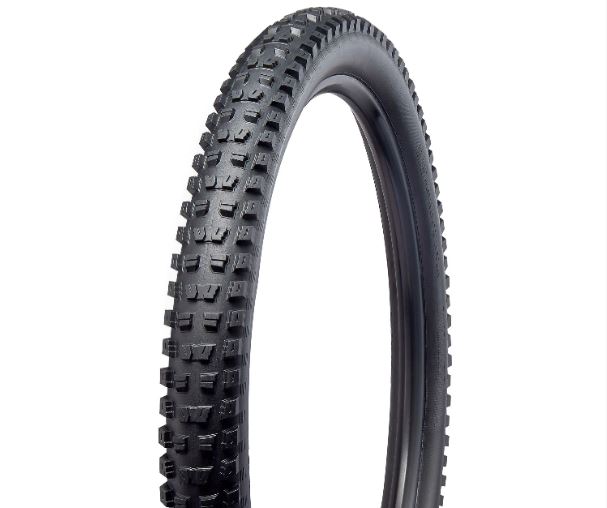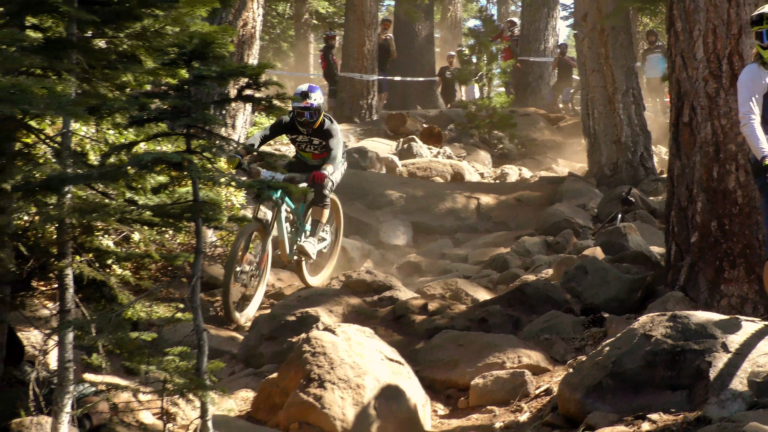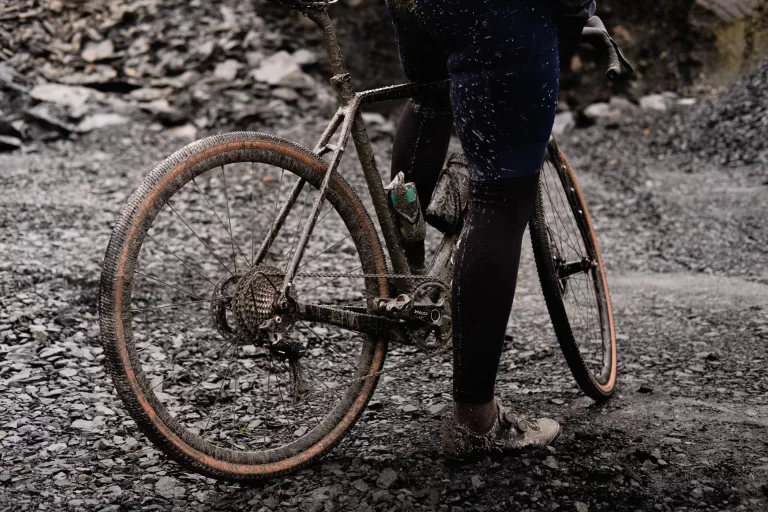The Critical Role of Wear Indicators on Downhill Bike Tires

Key Point Summary of Wear Indicators on Downhill Bike Tires:
- Wear Indicators on Downhill Bike Tires: Small markers or features on the tire that signal when it’s time for a replacement due to wear.
- Importance of Monitoring Tire Wear: Ensuring safety, optimal performance, and traction on challenging downhill terrains.
- Identifying Wear Indicators: Look for sipes, dimples, or a change in the tread pattern that signals excessive wear.
- When to Replace Tires: Once these indicators are flush with the tire surface, it’s time to consider a new set.
Throughout my cycling journey, spanning from adrenaline-packed downhill races to serene gravel paths, I’ve learned the significance of every component on my bike, especially the tires. Downhill biking, with its unique demands, has taught me the critical importance of tire maintenance and timely replacement. Let’s dive into the world of wear indicators on downhill bike tires, a feature that, while small, plays a massive role in our riding experience.
Downhill bike tires are subjected to extreme conditions. We’re talking about high-speed descents on rough terrains, sharp rocks, and everything in between. In this scenario, tires are not just tires; they are your primary contact with the ground, your lifeline. That’s where wear indicators come into play. These seemingly minor features are pivotal in telling us when it’s time to replace our tires to maintain safety and performance.

Understanding Wear Indicators
Wear indicators might not be something you’ve thought much about, especially if you’re just starting out or if your focus has been more on riding than on bike maintenance. In essence, wear indicators are specific markers found on your tire tread designed to show the level of wear. Not all tires have them, but for downhill biking, where tire integrity is paramount, they’re an invaluable feature.
Spotting the Signs
Identifying wear indicators can be a bit like finding hidden treasures. On a new tire, they might stand out as small sipes (thin slits), dimples, or even a change in the texture of the tread. As the tire wears down, these indicators become less pronounced, eventually reaching the point where they’re flush with the tire surface. This is your cue that the tire’s performance is compromised, and it’s time for a replacement.
A Critical Lesson Learned
Navigating the rugged demands of downhill biking has taught me invaluable lessons about tire maintenance, especially the pivotal role of wear indicators. These subtle yet crucial markers on our tires serve as our guardians, signaling when it’s time to replace them to maintain peak performance and safety.
On one occasion, during a routine pre-ride check, I noticed my rear tire’s wear indicators were nearly flush with the tread. This was a tire that had seen better days, having faithfully navigated through rock gardens, root webs, and muddy descents. Acknowledging the tire’s service and the risks of pushing it further, I opted for a replacement before my next downhill adventure. This decision underscored a fundamental biking truth: respecting the lifecycle of your equipment ensures not only your safety but also enhances your riding experience. It’s a testament to the silent, often overlooked guidance wear indicators provide, steering us towards timely updates and away from potential mishaps.

When to Say Goodbye
The tricky part about wear indicators is not just spotting them but knowing when they signal a tire’s retirement. Once these indicators are flush with the surface, or if you notice a significant decrease in traction and control, it’s time for a change. Waiting too long can compromise your safety and the joy of riding.
Choosing the Right Replacement
When it comes time to replace your downhill tires, consider the type of terrain you most frequently ride. Not all tires are created equal, and what works for rocky descents might not be the best for muddy or sandy conditions. Consult with local riders, bike shops, or online forums to find the tire that matches your needs.
Top Downhill Bike Tires
- Maxxis Minion DHR II – A favorite among downhill enthusiasts, the Minion DHR II offers exceptional grip, braking, and stability across a variety of terrains. Its aggressive tread pattern ensures you stay connected to the trail, no matter how challenging the descent.
- Schwalbe Magic Mary – The Magic Mary is renowned for its versatility and all-weather performance. With a super-grippy compound and puncture-resistant sidewalls, it’s a tire that instills confidence on even the most technical downhills.
- Continental Der Kaiser Projekt – Designed for the rigors of downhill racing, the Der Kaiser Projekt combines durability with top-notch performance. Its specialized tread design offers unparalleled control and speed, making it a top choice for competitive riders.
- Michelin Wild Rock’R2 – Known for its robust construction and exceptional traction on loose or rocky terrain, the Wild Rock’R2 is a tire that can handle the demands of aggressive downhill riding while providing reliable feedback through wear indicators.
- Specialized Butcher GRID – With its GRID casing for added protection and an aggressive tread pattern for superior grip, the Butcher is built to tackle the toughest downhill tracks. Its design emphasizes durability and control, ensuring a safe and exhilarating ride.
Monitoring the wear indicators on these tires and understanding when to replace them can significantly impact your downhill biking experience. Not only does it keep you safer on the trails, but it also ensures that you’re always enjoying the best possible performance from your bike.
FAQ
How do I know when my mountain bike tires are worn out?
Your mountain bike tires are worn out when the tread depth significantly decreases, wear indicators are flush with the tire surface, the tire shows excessive cracking, or you experience a loss in traction and performance.
What are the treadwear indicators on tires?
Treadwear indicators are raised marks in the tire grooves that signal replacement time when they’re flush with the tread surface.
What is the tire wear limit indicator?
The tire wear limit indicator is a specific marker (often a small raised bar or notch within the tread grooves) that shows the minimum tread depth at which the tire is considered worn out and should be replaced for safety.
What is the wear out indicator on a tire?
The wear out indicator on a tire, similar to a treadwear indicator, is a feature designed to show when a tire has reached the end of its useful life, typically when the tread wear reaches a critical level where safety and performance are compromised.

Wrapping Up
As a masters cyclist who has navigated countless trails and raced under various conditions, I cannot stress enough the importance of paying attention to wear indicators on downhill bike tires. They might seem inconsequential at first glance, but they are critical markers of your tire’s health and, by extension, your safety and performance on the trails. Regularly checking your tires, understanding the signs of wear, and knowing when to replace them will not only enhance your riding experience but also keep you safe on downhill runs. So next time you’re gearing up for a ride, take a moment to inspect those wear indicators. It’s a small step that can make a big difference in your downhill biking adventures.
John






